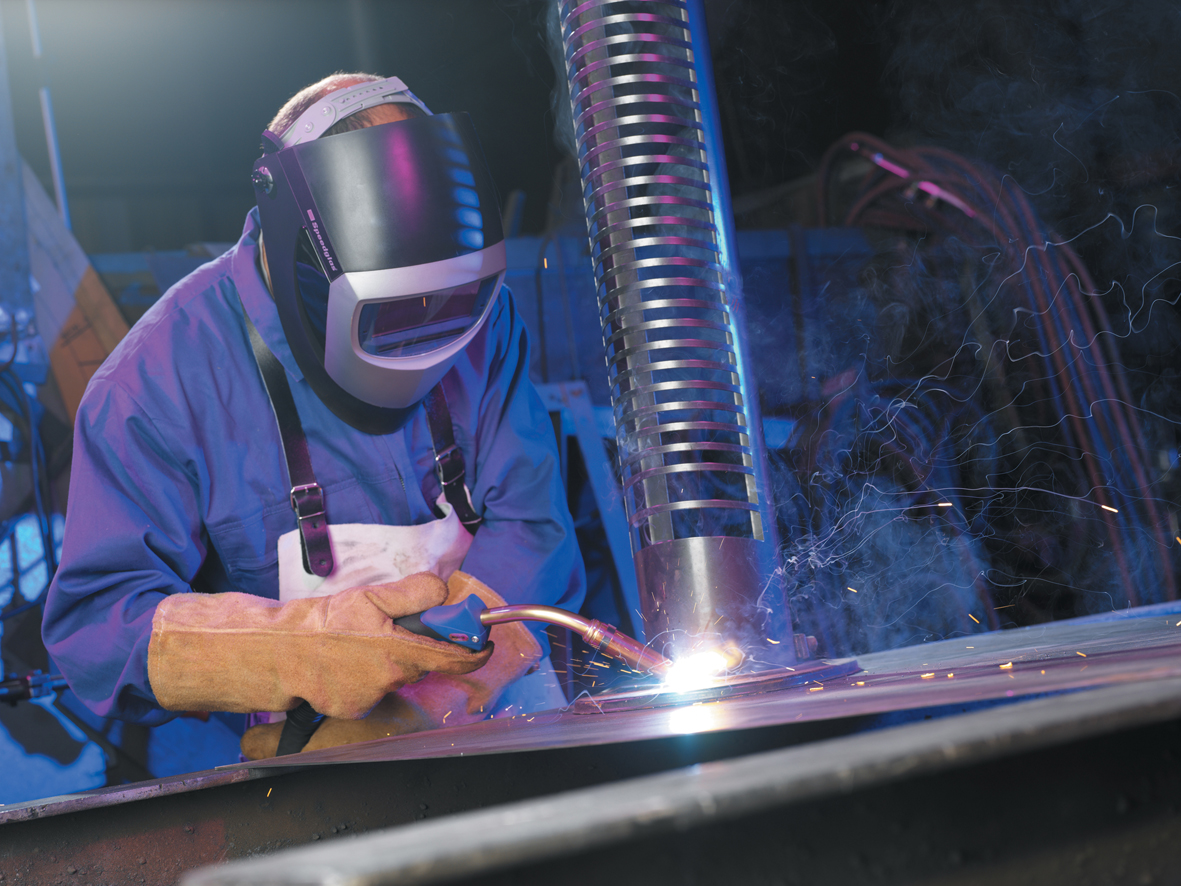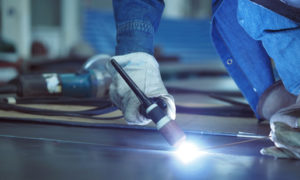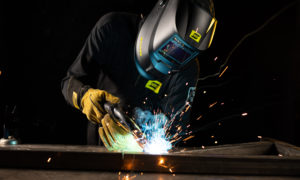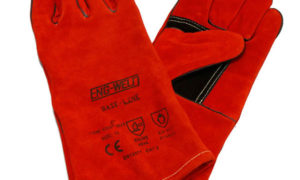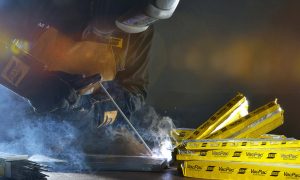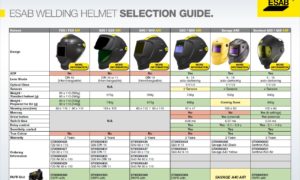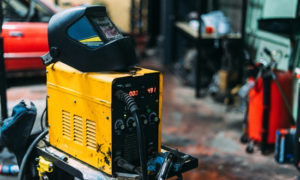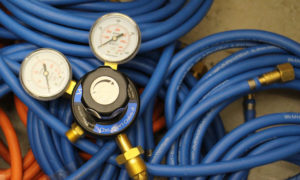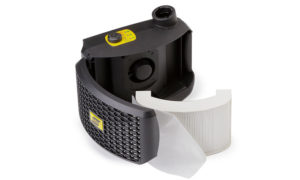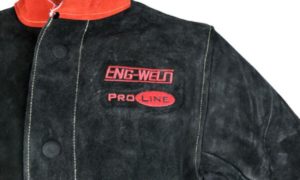When it comes to welding, safety is paramount no matter what type of project you’re working on.
If safety measures are ignored then you could face a number of life-threatening hazards including on-site explosions, harmful fumes, and gases, as well as electric shocks from equipment.
It’s near enough impossible to carry out your job properly without a welding helmet. It’s also one of the most important pieces of personal protective equipment you can have.
A fully functioning welding helmet will help protect your eyes and skin from severe sparks, burns, flashes and the bright light of the torch fire. So what should you be looking for when choosing your next helmet?
Engweld’s team of welding experts have put together a number of key points to help you choose the right welding helmet.
Legal Safety Requirements
There’s a number of safety standard tests which help to ensure that all welding helmets have the required level of safety capabilities.
This is to show that they can handle a number of key welding tasks including high-velocity impact from flying objects, prove they can provide 100% ultraviolet & infrared filtering – regardless of shade setting and are also able to withstand temperatures as low as -5°C and temperatures as high as 55°C.
Any welding helmet you’re debating the purchase of should meet EN 175 and EN 379 industry safety standards, this is the required European standard for all welding helmets.
Weight
In recent years there’s been a real push throughout the industry to improve the comfort and productivity of welding operators while still maintaining high levels of safety.
As a welding operator, you’ll typically be wearing a helmet for five or six hours a day, which makes the weight of your helmet a key consideration.
A lighter welding helmet will reduce the strain on your neck, which will help reduce fatigue, whilst also increasing comfort whilst you work. One pound in weight doesn’t seem like much to the regular person but you’ll certainly notice the difference between a helmet weighing one pound compared to one weighing two pounds or more.
Auto-Darkening
Welding helmets with auto-darkening options are available at every level within the welding industry, from the at-home hobby welder to the day-in day-out professional.
One option is the more advanced auto-darkening helmets, which will automatically change from an inactive state to an active state when you’re carrying out a job.
These helmets will protect you from harmful emissions whilst darkening in just milliseconds, this is all down to quick-changing LCD technology within the auto-darkening cartridges.
An auto-darkening helmet also has the ability to help you see clearly whilst the helmet is in the down position, this allows for quick setup and positioning ahead of you beginning your welding job.
The auto-darkening functionality will help increase your productivity as it eliminates unnecessary breaks when you’re adjusting your helmet on a job.
Viewing Size
Another key consideration before purchasing a welding helmet is the viewing size. Typical viewing sizes range from 6 square inches for light duty applications to 9 square inches for industrial use. There are two main points you’ll need to take into account when it comes to the viewing size on your helmet of choice.
The majority of purchase costs for any welding helmet typically lie with the viewing size area. The larger the viewing area, the more expensive a helmet will be. Investing a lot of money into a welding helmet with a larger viewing size than required can be an unnecessary expense.
You’ll also need to take into account the amount of overhead welding that you’re likely to be doing. It’s well known within the welding industry that flat or horizontal welding is preferred but there are times when overhead welding becomes a necessity.
With this type of overhead work, your helmet should always be well equipped to protect your neck. During overhead welding you’ll more often than not be working against gravity and the need to keep debris and flames away from both your neck and face is paramount.
A large viewing area will be extremely useful for overhead welding as it will give you better control and help you to make as little moves as possible during a job.
Personal Preference
Before committing to making any purchase of a welding helmet there’s a number of personal checks you should be carrying out.
It might sound straightforward but trying a helmet on to ensure that it’s a comfortable fit is something that a lot of people forget to do. Making sure that your welding helmet of choice also adjusts up, down, forward and back is another key check to carry out.
There’s plenty of welding helmets which don’t include an adjustment for the helmet’s distance from the face. This can be an issue for people with large heads or especially large facial features, such as beards, and is something you should always be aware of.
Try on your helmet of choice to determine if the rate of fall and degree of tilt will allow you to lower it in a controlled manner. Some helmets have no damping, so the helmet will quickly fall into position.
Others will allow you to set the resistance and therefore control the rate of fall and the endpoint where the helmet will stop when it’s lowered into your desired welding position.
You should also check how the helmet behaves in the upward position to make sure it softly locks into its detent, which will help it stay in an upward position when you’re at work.
Finally, be sure to check the standard sweatband for your forehead. Is it soft and absorbent enough to increase comfort or not substantial enough to keep perspiration from your eyes?
In the past decade, welding helmets have improved massively and now offer many additional features and benefits that help increase welder protection, comfort and productivity.
It may be tempting to buy the least expensive helmet if you’re on a budget or to go for a helmet you’ve been recommended but taking the time to explore all of your options can have a big impact and help to deliver long-term benefits.
Engweld has supplied welding equipment and accessories to welding and engineering companies throughout the UK since 1970 and maintained a track record of providing the best products to meet the needs of welding professionals in numerous industries.
Click here to shop the full Engweld range of Welding Helmets & Masks

